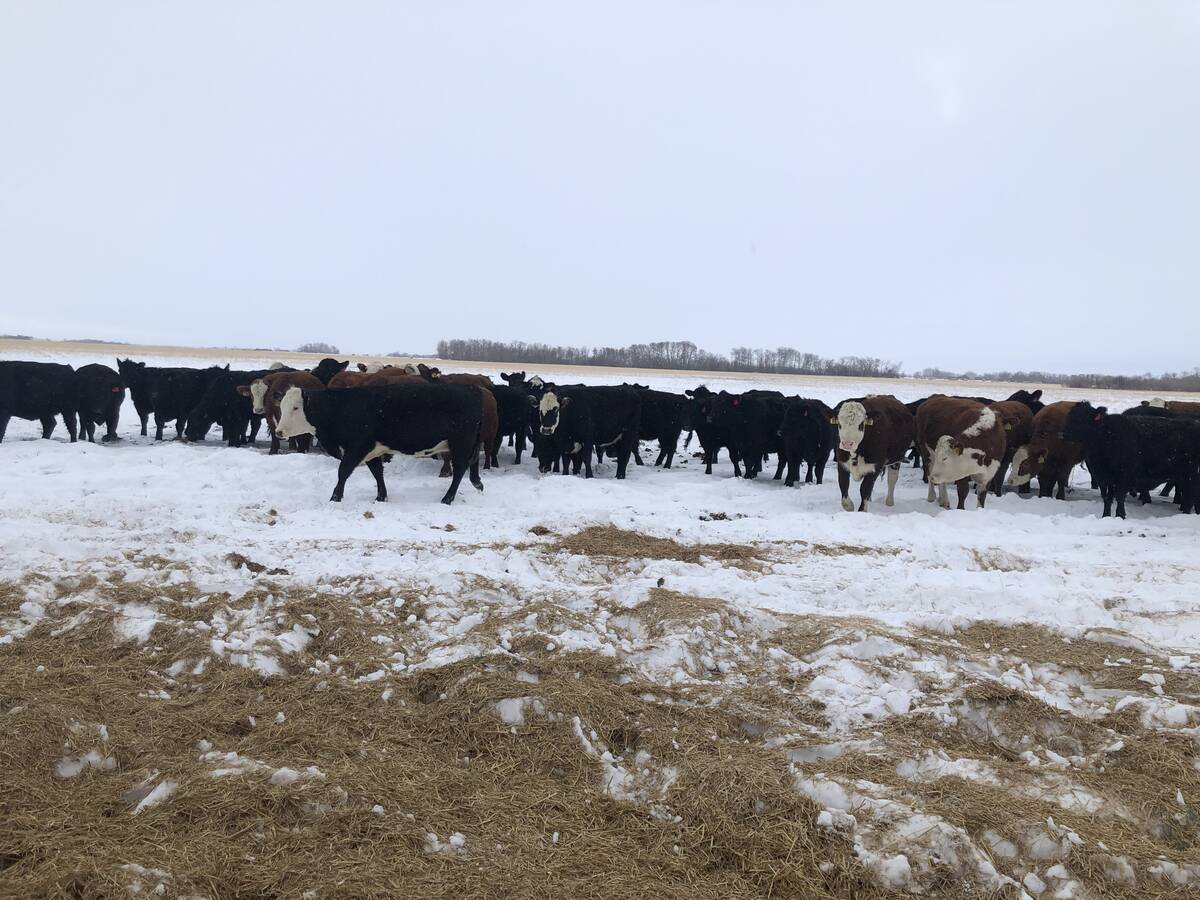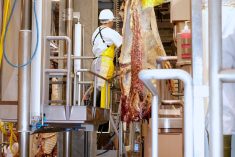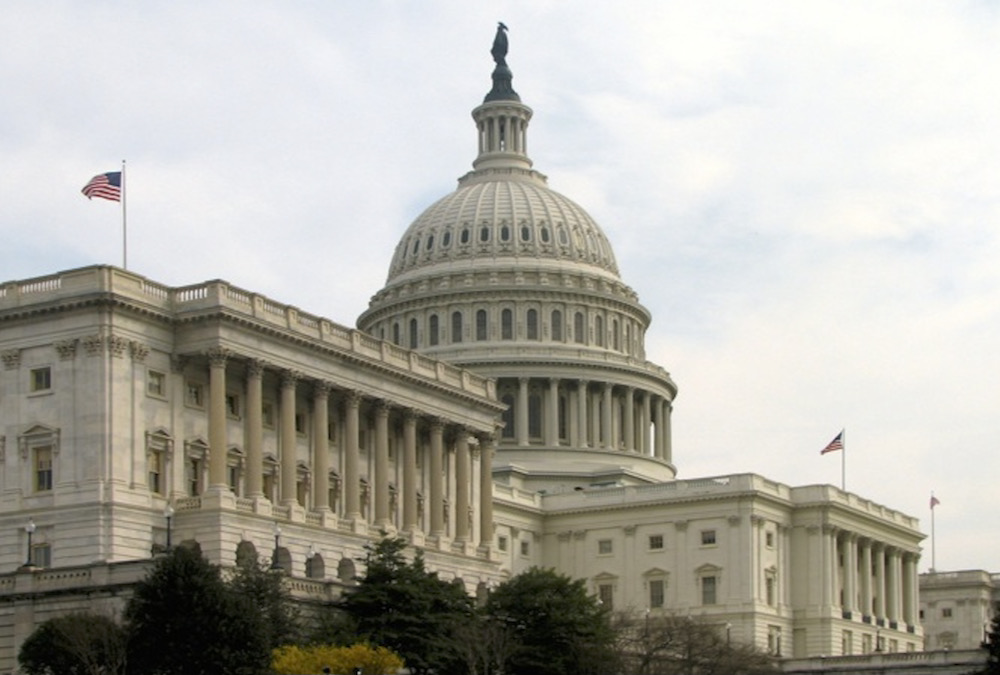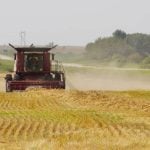Recently, I tried a package of Wagyu pre-made ground beef patties. They were priced right so I grilled them up. They were very good.
Where did I get them? At Walmart.
It wasn’t many years ago one could only buy Select grade beef at Walmart. Reflecting demand for higher-quality beef from customers, now they carry Choice and some Prime cuts at Walmart. When I need a Prime brisket for the smoker, the place to find it is Walmart’s club division, Sam’s Club.
Read Also

Picking the most efficient cows to rebuild your cow herd
A new cow ranking system to help beef farmers and ranchers pick the most efficient cows as they rebuild their herds.
In 2021, we visited with FPL Food, a diversified beef outfit in Augusta, Georgia, which has a purebred cattle operation, a feedlot, a packing plant and — in an unusual twist — also manages a processing plant for Walmart. All of this was designed to take advantage of feed and cattle in Georgia for southeast retailers and food-service operations.
A while back in this column we covered some of the hurdles smaller packing plants (1,500 head/day) face in competing with the large-scale majors. Those thoughts came from a major packer veteran of Cargill and JBS, Bill Rupp. Rupp has been a consultant on the Sustainable Beef plant project at North Platte, Nebraska. He felt that of all the plant proposals he had reviewed in recent years, that one had realistic potential. The participation of local ranchers and feeders in the plant would be critical to success.
Recently, that potential bore fruit, as two challenges all new plants face got solved for the Sustainable Beef project: capital and key customers. Walmart announced it would take an equity position in the plant. Walmart’s statement specifically mentioned the purpose of the partnership was to source top-quality Angus beef. The company will have a minority stake and representation on the Sustainable Beef board. The plan was to break ground in September and be operational in late 2024. About a fourth of the harvest will be cows.
Interestingly, Walmart’s Tyler Lehr, senior vice-president for merchandising, indicated the company wanted the investment and partnership to support cattle ranchers and family farmers and added that it “complements Walmart’s regeneration commitment to improve grazing management.”
Lehr told CNBC that Walmart will get the majority of the plant’s output. The size of the company’s investment was not disclosed.
The Sustainable Beef investment also dovetails with Walmart’s environmental and social commitments. By 2030, the retailer, along with the company’s foundation, has pledged to protect, restore or more sustainably manage at least 50 million acres of land and one million square miles of ocean by 2030. It wants to source more sustainable beef by working with ranchers on grazing management and grain sourcing.
By contrast, not one of the Big Four but a strong player in processing has already broken ground on a 2,400-head complete harvest and processing facility at Wright City, Missouri.
The $800 million plant will be about 30 miles west of greater St. Louis and projects opening by 2024’s end.
[RELATED] Fifth-generation cattle rancher aims to build biggest U.S. beef plant
American Foods Group, which already has four harvest and processing facilities plus two ground beef processing plants and two case-ready processing plants in the Midwest, is making a major commitment to Midwest feedyards.
The company flies a little under the radar because it is a privately owned unit of Rosen Diversified, based in Minnesota. American Foods Group headquarters in Green Bay and supplies a full range of beef for food service and retail.
American Foods president and chief operating officer Steve Van Lannen said the company is responding to beef demand and the need for processing capacity. The company currently has plants in Wisconsin, Minnesota, South Dakota and Nebraska.
Tyson will begin construction this fall on a $200 million expansion and upgrade of its plant at Amarillo, Texas. The work will include improved water and energy conservation and efficiency, some automation and for workers, improved safety, ergonomic processes and comfort.
True West’s new plant at Jerome, Idaho, is slated to be operational yet in 2022. It will eventually handle 1,500 head/day and is a joint project of AgriBeef and regional ranchers and feeders.
The beef plant whose plans are newest is Producer Owned Beef, projecting a 3,000 head/day plant near Amarillo. Construction is to begin in 2023 and be operational in late 2025. The plant is to be producer-owned. Cattle producers will have to be part-owners of the plant to sell cattle to it and the estimates are that 100 cattle operations could participate.
The plant is being designed to treat and use the water to irrigate through centre pivots for hay, silage, wheat, etc., for local feeding. Cattle producers from anywhere can invest and sell cattle to the plant but they must be fed in the Texas, New Mexico and Oklahoma Panhandle area.
Cassie Fish, executive vice-president, said they have had interest from as far away as Canada and Hawaii. The goal is to capture the margin from the processing side to put back into the pockets of cattle producers, local businesses and the plant.
















